The American fantasy of campus safety
Courtesy of PhotoFiend Creative Commons
Students protest against sexual assault on campus
January 10, 2023
Warning: The following article contains references to sexual assault and murder.
On Nov. 13, 2022, four students at the University of Idaho were found murdered in their off-campus rental home. Although the house is not property of the university, a large majority of students who attend the school stated they do not feel safe returning because of the proximity of the murders. This recent case of unthinkable violence has people re-examining their previous opinion that college is a completely safe experience.
Although the Idaho murder case is an uncommon situation, crimes are still committed on college campuses throughout the nation daily.
In the year 2020 alone, there were over 22,000 crimes reported on campuses across America — the largest percentage of which were forcible sex offenses and burglary. About 20 to 25 percent of female students fall victim of sexual assault in college.
Fraternity and sorority parties are popular events at college; members of Greek houses throw events almost every night at most colleges and universities. But there’s a more unsettling side to these parties: hazing, sexual assault and physical violence are all common occurrences.
In the last 50 years, there has been at least one hazing-related death on a college campus every year. Hazing, which is the act of initiating a student into a fraternity group by means of risk or painful challenges, often entails excessive alcohol consumption — leading to increased sexual assault and physical violence. This past August, a student at East Carolina University in Greenville, N.C. was the victim of drink tampering and sexual assault at the Theta Chi fraternity house. The same fraternity was investigated in October 2021 and October 2022 for drink tampering.
So what has been done to curb the rates of crime?
According to a survey of 985 parents, safety is the number one factor considered when selecting potential colleges for their children. Because of this, safety services have been increased across campuses. 92 percent of all university campuses have a blue light system in place. The blue lights – also known as emergency stations – are tall blue poles strategically scattered around the campus to provide students and faculty with the opportunity to immediately alert emergency services within seconds. But are these lights actually preventing crime?
Almost every college student owns a phone, so it is safe to say that safety apps are far more accessible than blue light poles.
In 2016, Indiana Daily Student stated that the 56 blue light call boxes on campus had been used to make only four appropriate calls in 20 years. In addition to their dwindling usage, the blue lights are incredibly expensive, costing over $20,000 to install plus an additional $1,000 per year to maintain.
With the new age bringing in an infinite number of apps on mobile devices, the amount of campus safety apps has been increasing with each passing year. Campus safety apps work similarly to the emergency blue light poles, but instead of having to search for one near them, a student can simply unlock their phone and press a button. Most of the apps set up a one-touch dial of campus police in case of an emergency, along with the ability to report incident locations to other students. Almost every college student owns a phone, so it is safe to say that safety apps are far more accessible than blue light poles.
The push to ensure the security of students on college campuses has become more common throughout the past decade, but there are still places to be improved. Features implemented such as the previously mentioned safety apps are a great first step to obtaining safer, more secure schools throughout the nation.



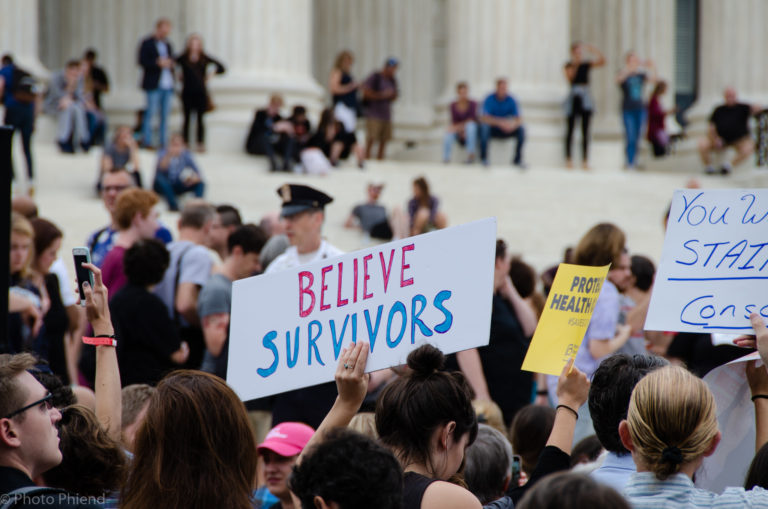



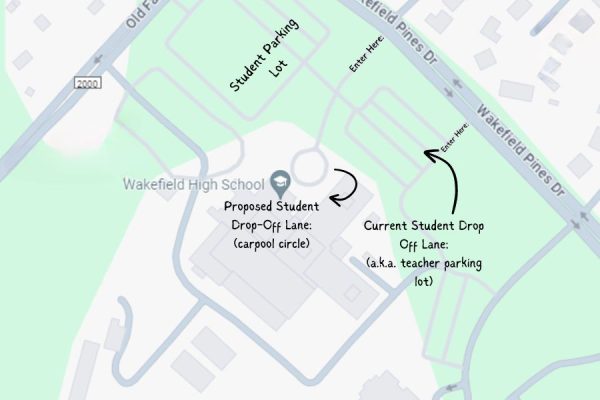
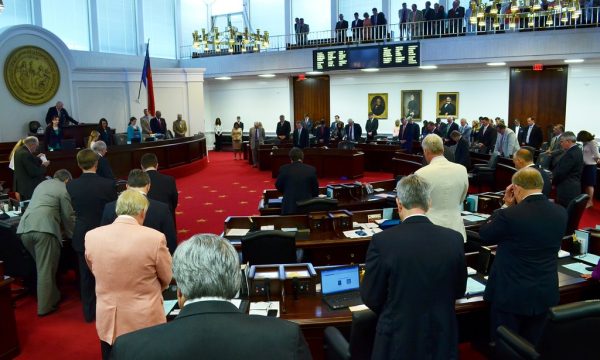
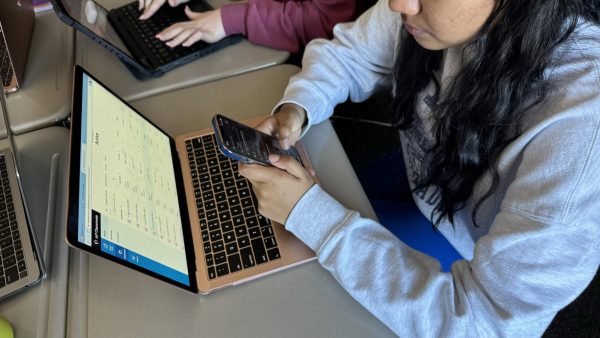





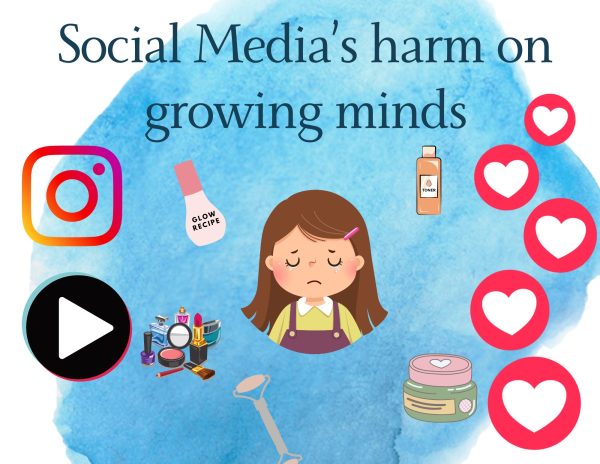
Maya Johnson • Jan 24, 2023 at 4:06 pm
Wow! It’s interesting to learn what has been done to increase security on campuses. As a college student myself, I’d like to know that my safety is in good hands! Hopefully, issues like these can be resolved quickly and effectively. Great article!
Abby Dykes • Feb 17, 2023 at 1:01 pm
thank you maya <3